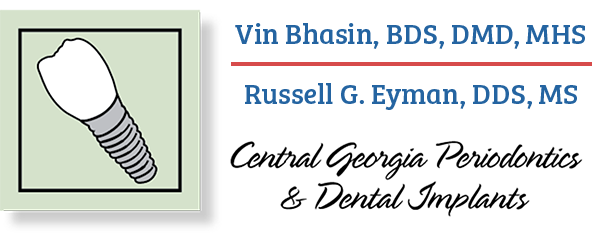Dealing with a Hypersensitive Gag Reflex on Your Next Dental Visit
Although others won’t have a hard time during their dental visits at our Warner Robins dental clinic, we noticed that several clients have problems with their sensitive gag reflex. If you’re one of those people with overly sensitive gag reflex, you are not alone! This condition is quite common and we have helped clients deal and cope with it. Read on below for tips and thoughts on overcoming a hyperactive gagging reflex!
Understanding the Gag Reflex
The gag reflex, also known as the pharyngeal reflex, is that feeling of wanting to throw up when something gets in contact with your soft palate at the back of your throat. Gagging is a natural reaction to ward off objects that aren’t supposed to be eaten and swallowed (such as large food particles), preventing the occurrence of choking and obstruction of the respiratory tract.
On the other hand, it is actually possible for you to artificially stimulate your gag reflex. This is particularly common amongst individuals with bulimia — an eating disorder in which the individual induces vomiting by sticking a finger far down the throat for expulsion of the recent food they ate.
As to the science behind the reflex, it all starts with the glossopharyngeal nerve fibers situated behind the nasal cavity which picks up the sensation of the overly large object. In a just a split of a second, the sensation is transmitted to the brain via the spinal trigeminal nuclei. Consequently, your brain will deliver back its instructions to ward off the object (via contraction and expulsion) through chemical signals and electric pulses.
While a hypersensitive gag reflex is often considered a problem during dental procedures, it has been shown that several individuals actually have an absence of gag reflex.
The Action Plan
Consider the following tips on how to handle a hypersensitive gag reflex on your next dental visits:
1. Breathe through your nose.
2. Consider taking a nasal decongestant before your dental appointment. This will help open your nasal passageways. You might also want to try throat sprays or snore relief sprays which could temporarily numb gag reflexes.
3. Schedule your dental visit on afternoons. Several studies have shown that the gagging reflex is quite strong in the morning.
4. Squeeze your left thumb by forming a fist around it with your left hand. This isn’t new among dentists but you may not have heard of it. This trick is even supported by a study.
5. Talk to your dentist about it. As always, open communication is the key to a successful dental outcome.
Call us at 478.923.0232 or fill out this contact request form to set up an initial dental consultation. If you have problems with your gag reflex, we’ll help you deal with it by exploring your treatment options. We look forward to your visit!
